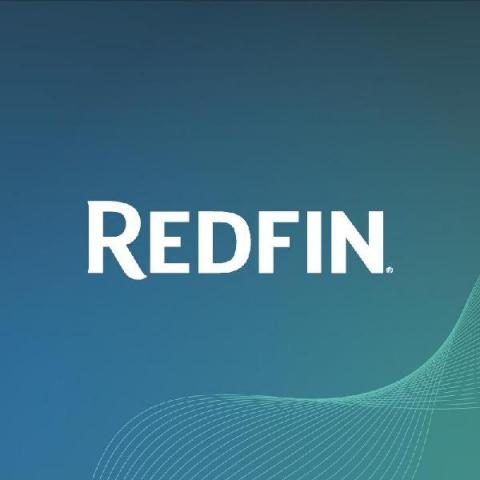Circonus' Record Sales for Q2 Driven by Demand for Unified Observability at Scale
We’re pleased to share that Circonus saw record sales for the quarter ending June 30, 2021 and substantial year-over-year growth in annual recurring revenue (ARR). We’re experiencing significant momentum in 2021 as more organizations look to consolidate monitoring solutions, unify observability metrics across the stack, and manage a significantly greater volume of telemetry data.











